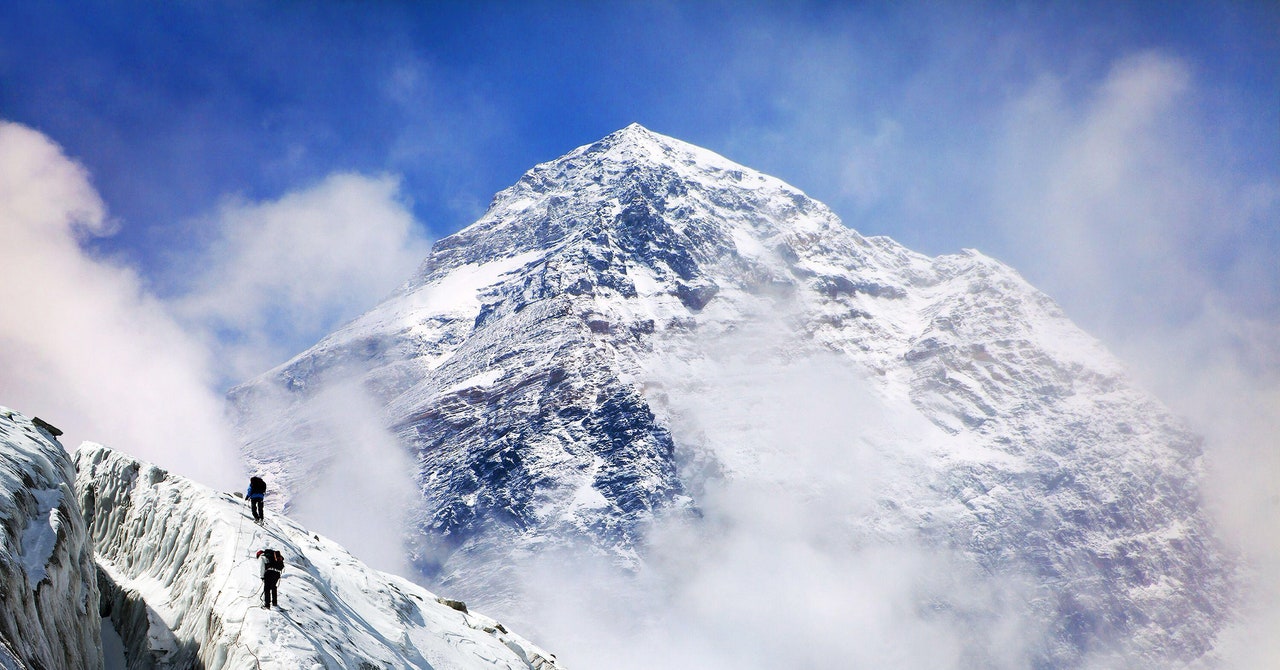
Since the pandemic, Madison has noticed an uptick in high-net-worth individuals booking out entire expeditions. “One client bought a whole trip to climb Mount Vinson in Antarctica for $200,000 last year,” he says. “It’s the latest trend: billionaires wanting their own private adventure with friends; they fly to Antarctica in a private jet. It’s next-level.”
Although his mountain expeditions are high-end, Madison says they come with minimum comfort. The greatest luxury he offers, he adds, is at Everest base camp: Warm showers, yoga sessions, and a dining tent with a movie screen are among the amenities on the $75,000 excursion. “The guys that come on my adventures ultimately want to suffer a little bit—that’s how they feel alive. Otherwise, they’d be staying at a Four Seasons five-star resort somewhere.”
However, a cottage industry of luxury extreme tourism also exists. White Desert Antarctica offers premium accommodation near the South Pole for $15,000 a night, replete with heated, opulently furnished pods and private chefs. Harding had also done that trip. “Hamish has been a true friend to White Desert for many years,” founder Patrick Woodhead said in a statement. “He has traveled with us to Antarctica a number of times, including with astronaut Buzz Aldrin when he visited.”
With these extreme tourism companies, safety generally comes with a high price tag. Madison says his service offers networks of expert guides and logistical know-how, as well as Western and Sherpa teams that coach, assist, and lead adventurers 8,000 meters above sea level. Extra oxygen, good food, and enhanced communications are also provided. “But you can do Everest cheaply and climb with your own tent and without a guide,” says Mountain. “There are plenty of operators that offer a rudimentary service—and that’s when it can get really dangerous. You’re left on your own.”
OceanGate appears to have had its feet in both camps. As the sole tourist operator providing trips to see the Titanic—and Titan one of only a handful of manned submersibles capable of reaching 12,500-foot depths—tickets weren’t cheap. At the same time, conditions inside the sub were far from luxurious, and the dive carried considerable risks. OceanGate’s waiver not only mentions death three times on page one, Titan was bolted from the outside—leaving those inside to survive on a finite amount of oxygen and rely on external support to get out of the sub, even after surfacing. The vessel was also controlled by a modified video game controller. “No one going on board would have been under any illusions that it was safe,” says Mountain. “That’s part of the appeal: The wreck is incredibly inaccessible, dangerous to visit, and steeped in mythology. And very few people have done it.”
Grace Lordan, associate professor in behavioral science at the London School of Economics, says these dangerous expeditions have superseded luxury items for thrill-seeking entrepreneurs. “Pleasure and purpose tend to determine happiness, and it used to be about material purchases and philanthropy. Over time, redistributing wealth still provides purpose, but pleasure is harder to attain.”


